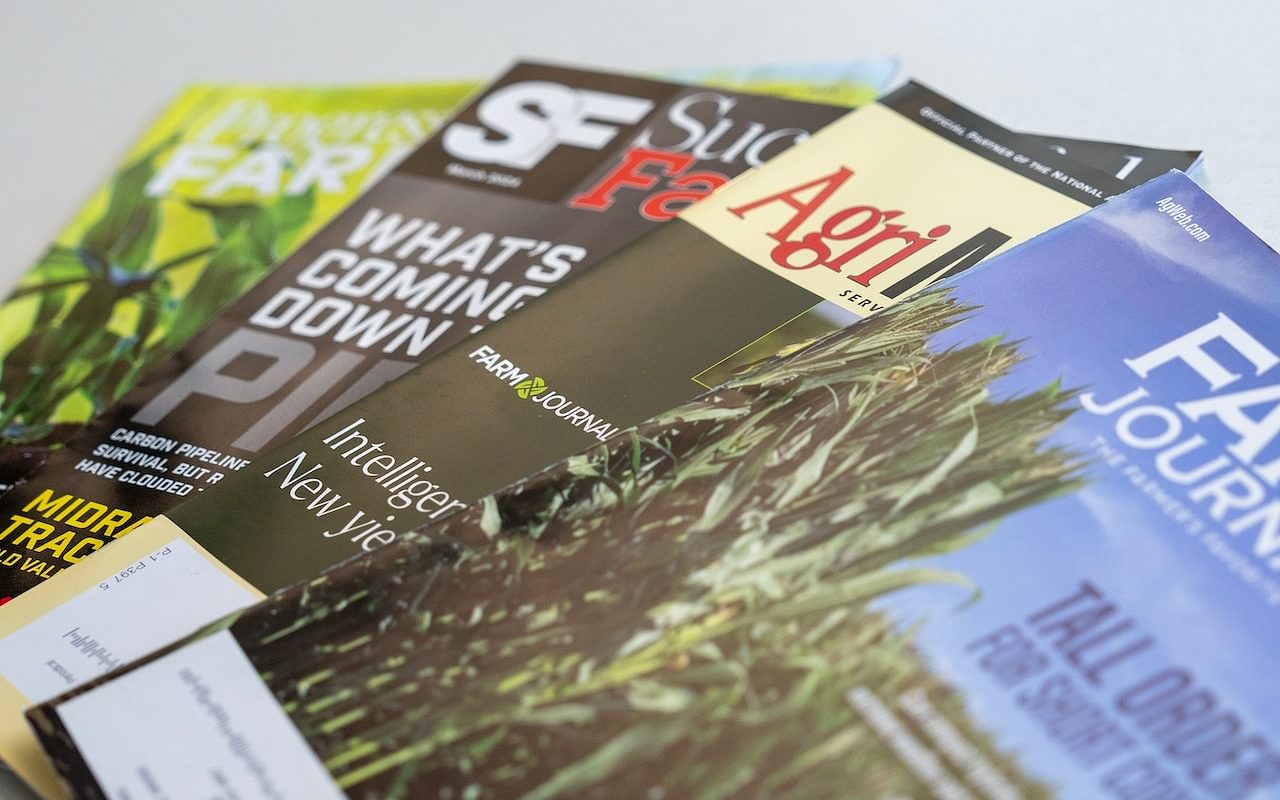Why Print and Radio Still Matter in Ag Marketing—And How to Prove It

When a prospective ag client recently approached Paulsen, they were wrestling with a common question: “Is our investment in print and radio advertising actually doing anything for our business?”
They had been spending a significant amount on traditional media—specifically, local radio stations—but were starting to doubt its value. They were curious if they should shift those dollars into a social media campaign or digital advertising, where every click, impression, and site visit could be tied to every advertising dollar spent.
We have this conversation with agriculture marketers every year at budgeting time. Are print and radio still worth it when we can’t measure our return on investment in those mediums like we can with Facebook ads or digital banners?
But here’s the reality: print, radio, and direct mail remain highly influential in the agricultural industry. They don’t just exist alongside digital marketing—they actively shape the customer journey. The challenge isn’t whether they work but how to measure their impact effectively.

Farmers Still Trust Print and Radio
Despite the rise of digital platforms, traditional media remains a core part of how farmers gather information and make purchasing decisions. According to the 2024 Ag Media Council Report, print and radio are still widely used:
66% of farm operators read agricultural magazines or newspapers weekly.
94% engage with print media at least once a month.
63% listen to ag/farm radio daily.
The survey also found that ag broadcast radio remains the top source for farm news among listeners, with 89% of respondents relying on it for updates. While radio is a leader, farmers also engage with multiple other media sources, including ag publications (75%), ag-related websites (60%), and television (57%). Digital channels like social media (42%) and YouTube (31%) are also part of their media mix.
The Role of Print and Radio in the Customer Buying Journey
Print, digital and in-person sources play distinct roles in a farmer’s purchasing journey.
Ag magazines and newspapers (51%) and digital sources (50%) are nearly equal in importance when farmers first start thinking about a purchase.
This aligns with insights from our discussion about how print publications fit into the buyer’s journey. Print advertising is particularly powerful in creating awareness and introducing new ideas, as farmers engage with magazines in a relaxed, open-minded state. Unlike digital ads, which often interrupt an online experience, print is more immersive—farmers can sit back, flip through a magazine, and absorb information at their own pace.
As they move into research, digital takes the lead (55%), but print remains relevant at 30%. When it’s time to narrow choices, digital (46%) and ag dealers/retailers (29%) dominate, while print plays a smaller role.
Finally, the decision-making/purchasing stage is where dealers and retailers (37%) have the biggest impact.

How to Measure the Success of Print and Radio Advertising
Measuring non-digital advertising may not be as simple as tracking website clicks, but with the right approach, you can gauge its effectiveness. Here’s how:
1. Watch for Upticks in Website Traffic and Search Volume
Awareness from non-digital ads often shows up in how farmers search for your company or product/services. When farmers see a print ad, hear a radio spot, or receive direct mail, they don’t necessarily take immediate action—but it plants a seed.
Later, they might Google the company’s name, search for a specific product, or visit the website directly. This is why monitoring search volume and website traffic trends during a campaign can be an important indicator of success.
This is why a strong search strategy—both organic and paid—is essential when running non-digital campaigns.
Tip: Use Google Analytics to track organic and direct website traffic before, during, and after a campaign.
2. Use Custom URLs and QR Codes
Including a custom landing page URL or a QR code in print ads and mailers makes it easier to track response rates.
Example: Instead of listing “www.yourcompany.com,” create a specific page like “www.yourcompany.com/specialoffer” and check how many visitors go there.
QR codes are underutilized but surprisingly effective. While usage may be low, those who scan them tend to be highly engaged.
3. Assign Unique Phone Numbers and Promo Codes
Different phone numbers for different media placements help track customer inquiries. If you advertise on two different radio stations, give each one a unique call-in number to measure response rates.
Example: A print ad in Iowa Farmer Today might feature (555) 123-4567, while your radio ad uses (555) 987-6543. If calls spike on one number, you know which ad is driving leads.
4. Monitor Sales and Customer Surveys
The simplest way to measure success? Ask customers how they heard about you.
Train your sales team to ask every new customer where they found you—was it a magazine ad, a radio spot, or word-of-mouth?
Use post-purchase surveys to collect data and refine future ad placements.
The Balanced Approach to Measuring Non-Digital Success
The question isn’t whether print, radio, and direct mail work—it’s whether you’re measuring them correctly.
By combining traditional advertising with smart tracking techniques—like monitoring search trends, using unique tracking URLs, and asking customers how they found you—you can confidently assess your return on investment.
The most effective marketing isn’t digital vs. traditional—it’s a blend of both. Print and radio build credibility and awareness, while digital delivers trackable conversions.
For ag marketers, the key to success is leveraging the strengths of each channel to create a well-rounded, measurable strategy.
Want to learn how Paulsen can help you track and optimize your non-digital advertising? Contact us today!
